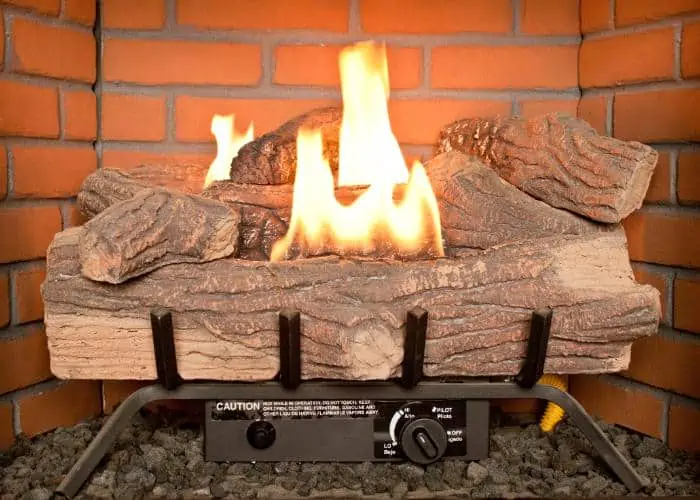Converting a Wood Fireplace to Gas
If you are looking for a new fireplace to replace your existing wood burning fireplace, you may want to consider converting to gas. The advantages of a gas fireplace include a cleaner burn, a more efficient use of energy, and easier control. In addition, gas can be less expensive to operate and maintain than a wood burning fireplace. While converting a wood fireplace to gas is a bit more work than simply installing a new fireplace, it can save you money in the long run.
(Searching in Google “Gas Fireplace Maintenance“? Contact us today!)

A gas burning fireplace can be operated with the flip of a switch, or through the use of a remote control. It can start almost instantly, and does not require the time and effort to build a fire. Also, a gas fireplace is more energy efficient than a wood fire, producing fewer fumes and less heat than a conventional wood fire.
To convert your existing wood fireplace to a gas one, you will need to re-build the chimney. Some homeowners opt to get a professional to do the work for them. You will also need to install a new gas line, which ensures a good flow of gas. As you might expect, the cost of converting your fireplace will vary depending on the type of fireplace you choose. Generally, the cost of a direct vent gas insert is the cheapest. This is because it features a sealed combustion system.
Before you embark on the conversion, you will need to get your chimney cleaned. The best way to do this is to hire a professional. He or she can clean ash from your charred chimney, as well as repair the walls of your chimney. Additionally, they can recommend the best fireplace system for your home.
There are also gas inserts, which are small, sealed-combustion units. These have a burner and ceramic gas logs. They are much easier to install than a traditional wood fireplace. However, it is important to understand that the efficiency of a gas burning fireplace does not come without its drawbacks.
Depending on your location and the size of your existing wood burning fireplace, you will have to decide whether a traditional or more modern gas-burning fireplace is a better option. For example, a direct vent gas insert is the logical choice if you live in an area where the climate is mild enough to allow your fireplace to function in the summer months. Likewise, a vented-style gas log set will give you more realistic results.
Compared to a wood fireplace, a gas-burning fireplace can be more energy efficient, especially if you use a gas-powered remote control. The heat from a gas fireplace can be conditioned, which allows you to zone the heating to the areas you need it most.
Although gas is not the most environmentally friendly fuel, it can be less expensive to operate than a wood burning fireplace. In fact, you can even store liquid propane, a fuel that is more environmentally friendly than natural gas, in a tank located next to your house.

